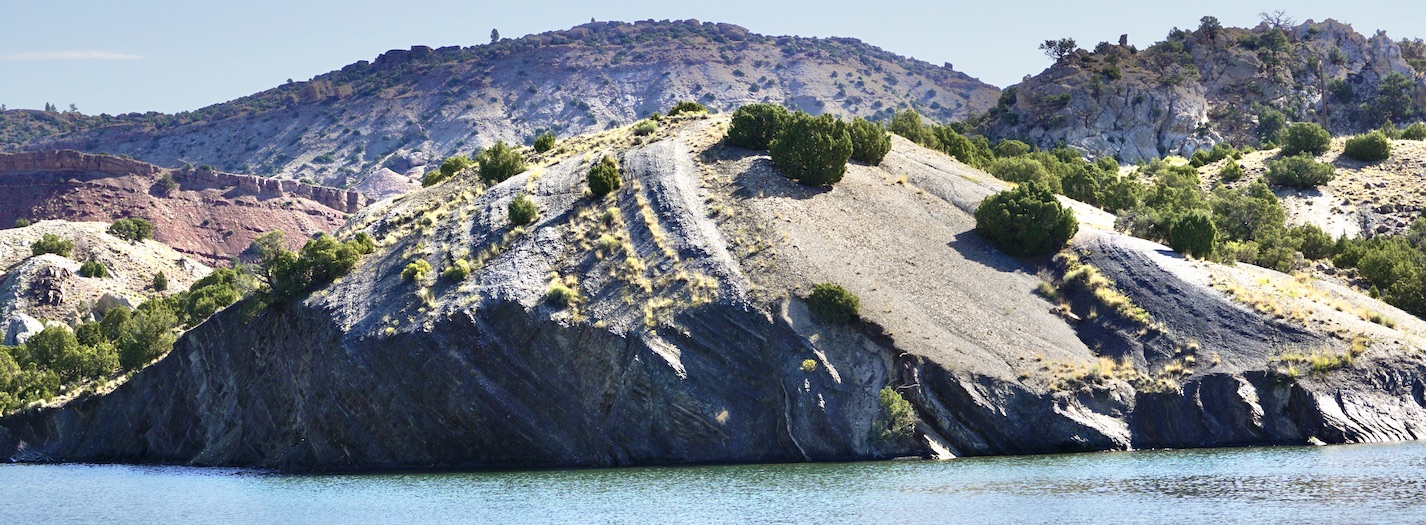
Powder River Basin Field Trip
Course Details
Wyoming’s Powder River Basin (PRB) is world-renowned for its prolific energy resources (coal, gas, and oil) and incredible diversity of reservoirs and traps. Conventional, hybrid, halo, and shale plays are all important economic drivers and serve as models for similar depositional systems around the world. They also highlight the critical role of structural elements in deposition, hydrocarbon migration, and trap configuration.
The outstanding outcrops of the PRB are supplemented by abundant, publicly available core, well log, and seismic data, making them among the best documented analogs in the world. Participants will have the opportunity to examine:
- Wave-dominated shoreface deposits
- Incised fluvial deposits
- River and tide-influenced regressive and transgressive deltaic deposits
- Offshore, shelf sandstone bodies
- Coal-bearing coastal plain and back-barrier deposits
- Source rocks
Many of these deposits and locations have been the subject of decades-long debates, discussions, and disagreements because they do not fit neatly into generalized depositional models. Participants will learn how to use firsthand observations of sedimentary structures, ichnofossils, stratal surfaces, and depositional architecture to predict reservoir scale, architecture, and relationship to source rocks and seals. A variety of well log and core images will be used to connect the outcrop examples to their interpreted modern depositional equivalents.
By the end of the trip, you will be able to:
- Identify fluvial, deltaic, shoreface, and transgressive shelf sand deposits based on grain size profile, sedimentary structures, and ichnofossils.
- Predict reservoir properties of a variety of shallow marine geobodies away from well bore using appropriate analogs and primary observations.
- Predict locations of highest quality source rock based on location of fluvial point sources and location within the sedimentary basin.
- Construct depositional environment maps calibrated by appropriate modern and ancient analogs and incorporating structural elements.
- Recognize that multiple depositional scenarios can be used to construct end member models of reservoir bodies and calibrate local and regional correlations.
Who Should Attend
- Geologists
- Geophysicists
- Petrophysicists
- Engineers
- Geomodelers
- Drillers
This course is designed for geoscientists and reservoir engineers who are focused on subsurface characterization of the Frontier, Turner, Parkman, Shannon, Sussex and Teapot Tight Oil Sandstones.
Need more information?
Course Outline
Day 1
You will be arriving the day before the course starts at Casper-Natrona County International Airport.
We will meet at 9:00 am at the hotel meeting room for introduction and orientation. Safety briefing, orientation, lectures on key stratigraphic units, Cretaceous paleogeography, and controls on sedimentation.
After lectures, we will drive to regressive deposits of the Parkman Sandstone at Teapot Dome to test depositional models and examine the Teapot Sandstone. For dinner and lodging, we will return to Casper.
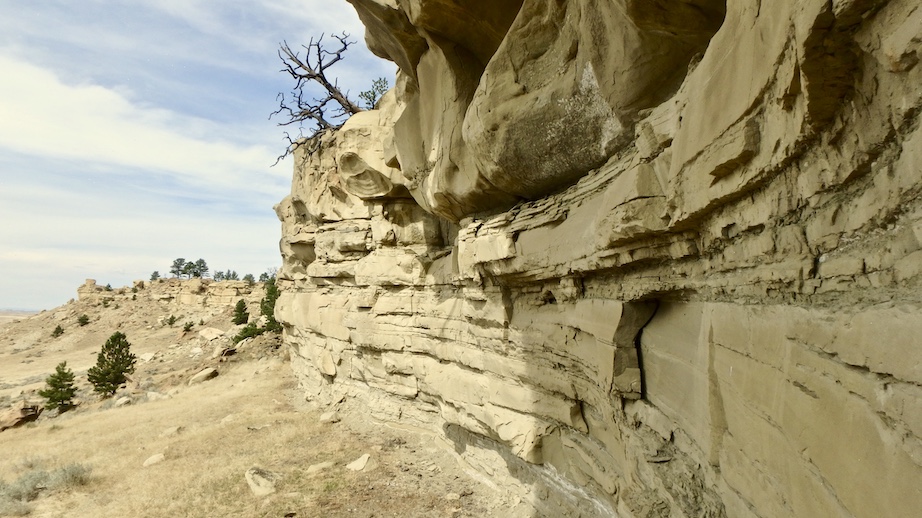
Day 2
Morning lectures on sedimentology of deltaic deposits and thin-bedded reservoirs.
In the field, we will investigate the facies distribution and reservoir characteristics of the heterolithic Wall Creek Member of the Frontier Fm and explore different depositional models and controlling variables of river-dominated regressive and tidally-influenced, top-truncated deltaic lobes. For dinner and lodging, we will return to Casper.
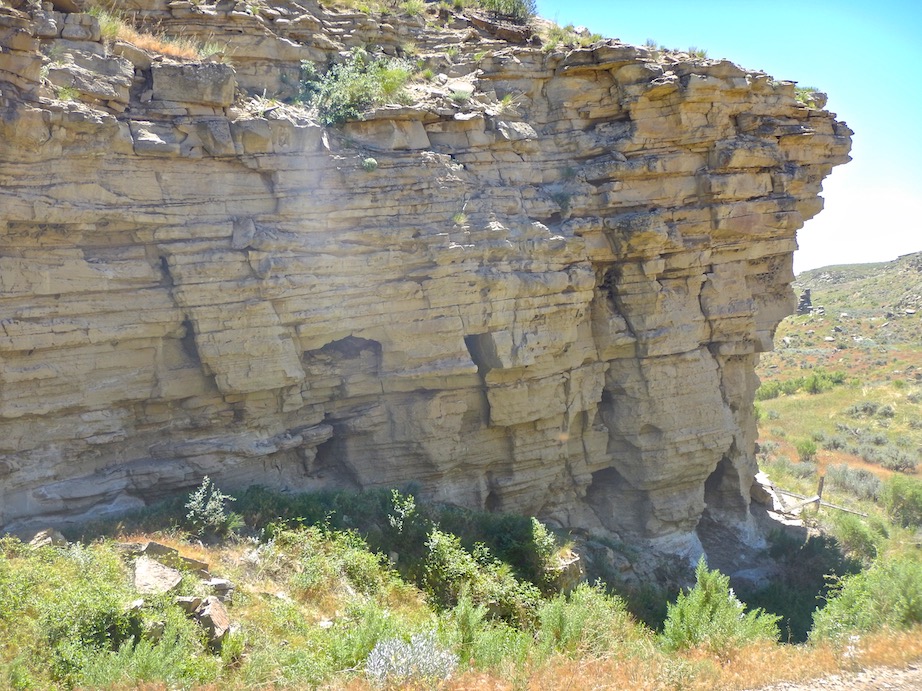
Day 3
Classroom module on offshore sandstone bodies in modern and ancient systems and causal mechanisms.
Outcrop work on the Shannon and Sussex Sandstones with discussions of “shelf sands”, incised valleys, lowstand deltas, and tidal sands. New models based on cutting edge research will be presented and discussed. For dinner and lodging, we will return to Casper.
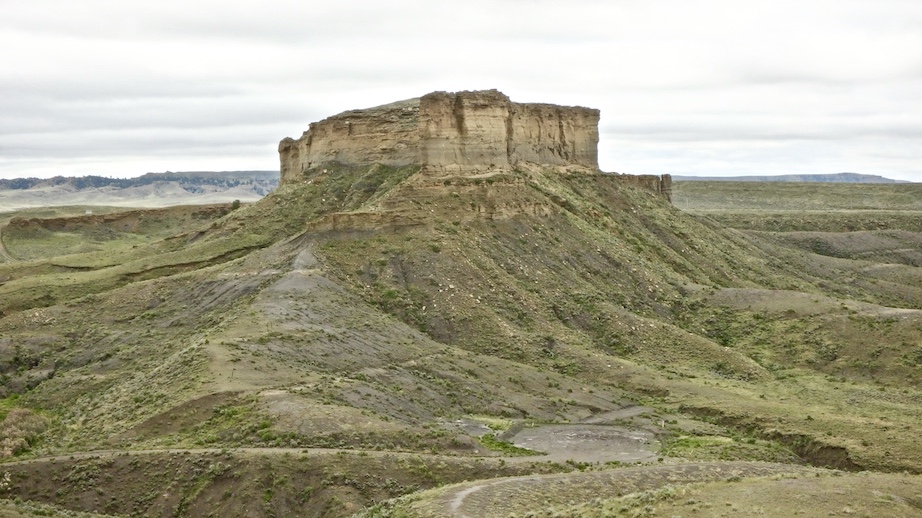
Day 4
Morning lecture on source rocks and mudstone deposition, hybrid and halo plays, and transgressive sandstone bodies. We will spend the day exploring the Mowry Shale as a petroleum source and discuss its lateral and vertical heterogeneity and examine the Turner Sandstone to learn about heterolithic, transgressive sands and the role of fault movement on deposition. For dinner and lodging, we will return to Casper. |
We will visit an overfilled valley and the wave-dominated delta at its coastline and examine the role of avulsion and sediment supply in delta progradation.
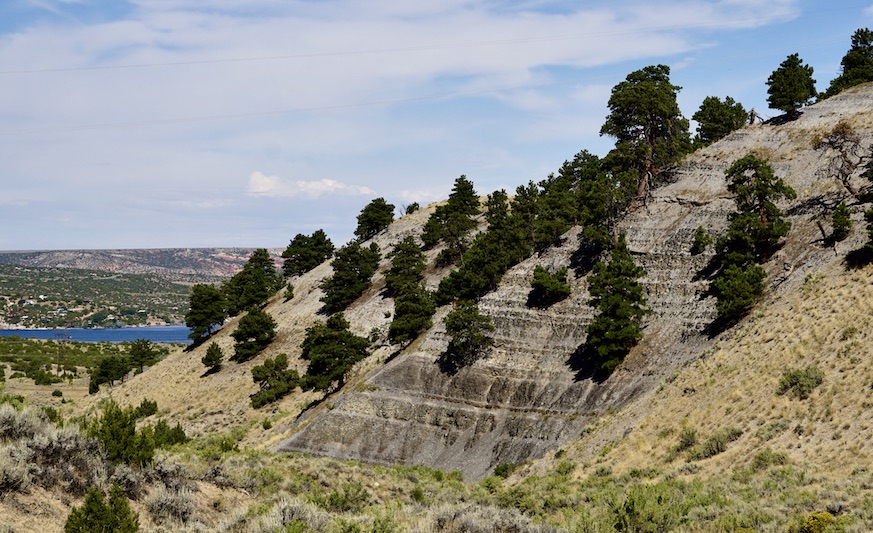
Day 5
Half Day in Field to examine a tidally-dominated Frontier Formation delta lobe and summarize regional variability in facies, depositional processes, and the role of structures on paleogeography, source, and reservoir distribution. Depart from Casper.
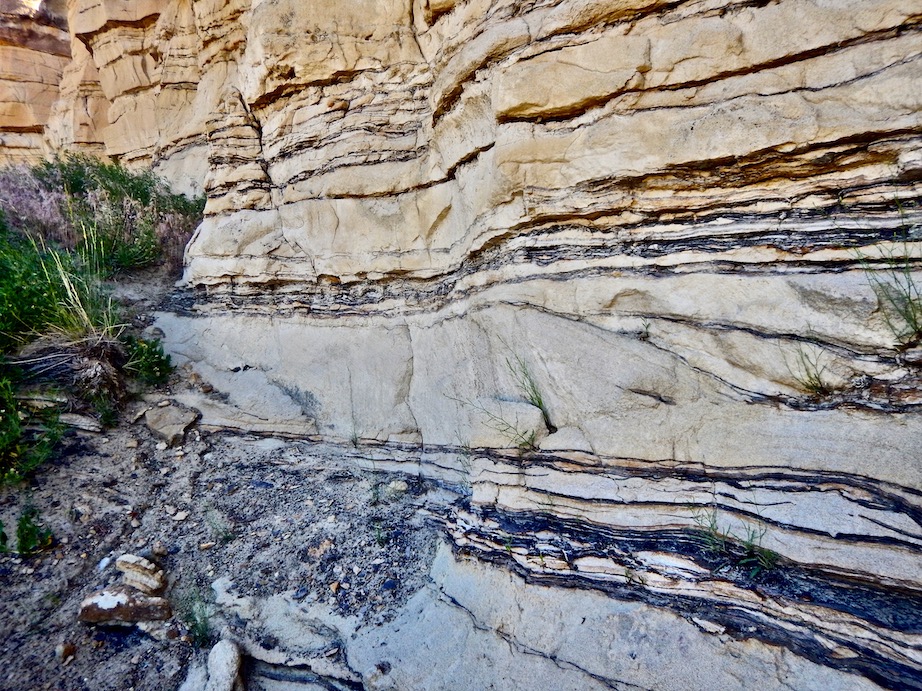
This course is offered upon request and costs $6500/person. This all inclusive rate includes five nights hotel stay, all meals, snacks and drinks in the field, fuel, permits, transportation during the field trip, tuition and field guide.
Field leader is Dr. Anton Wroblewski


